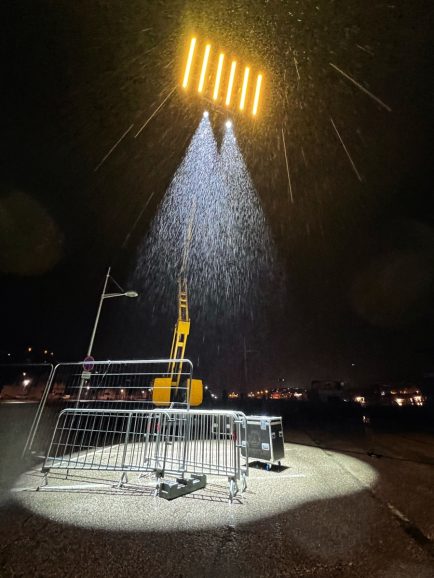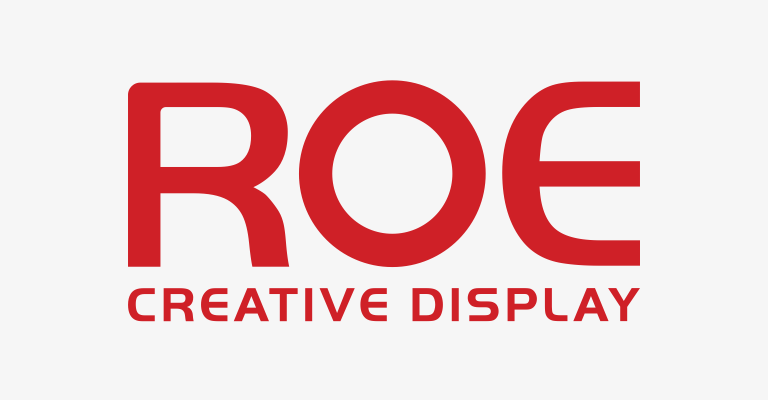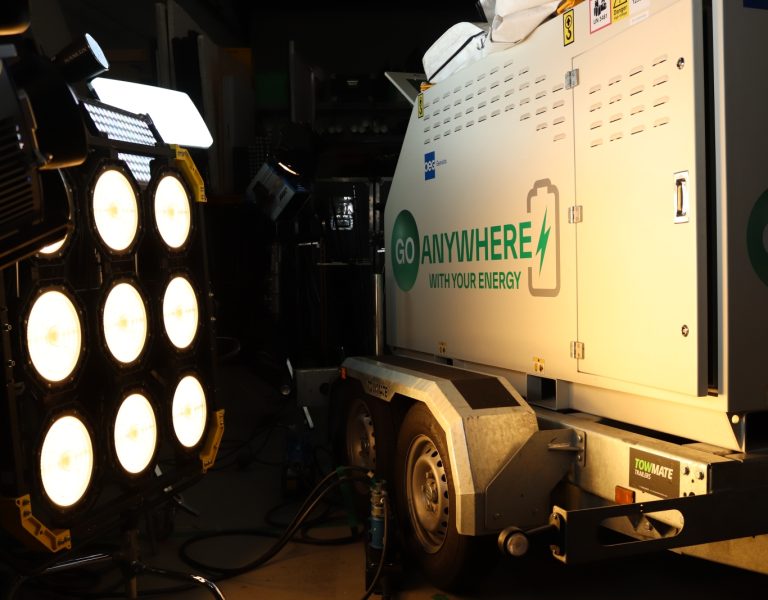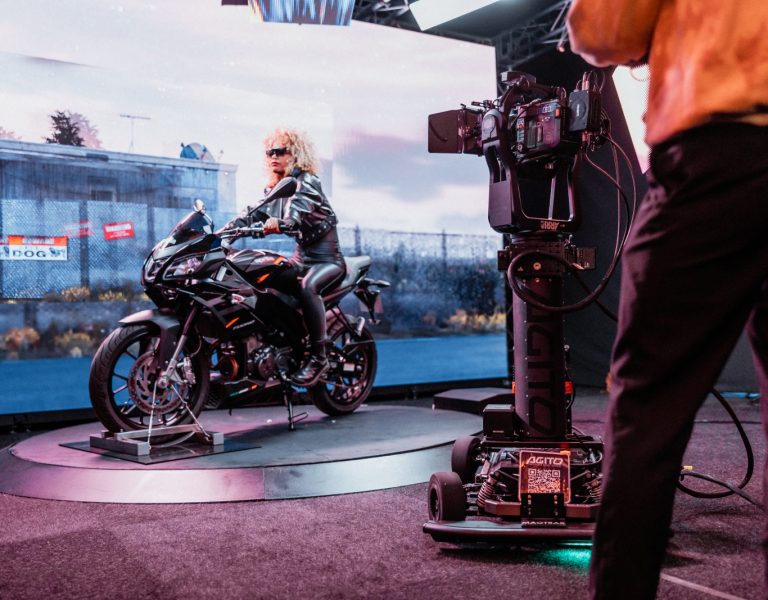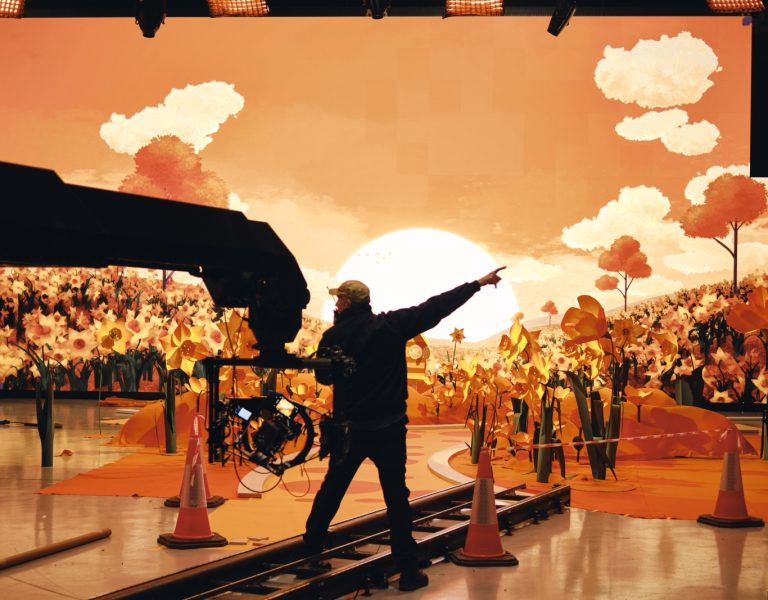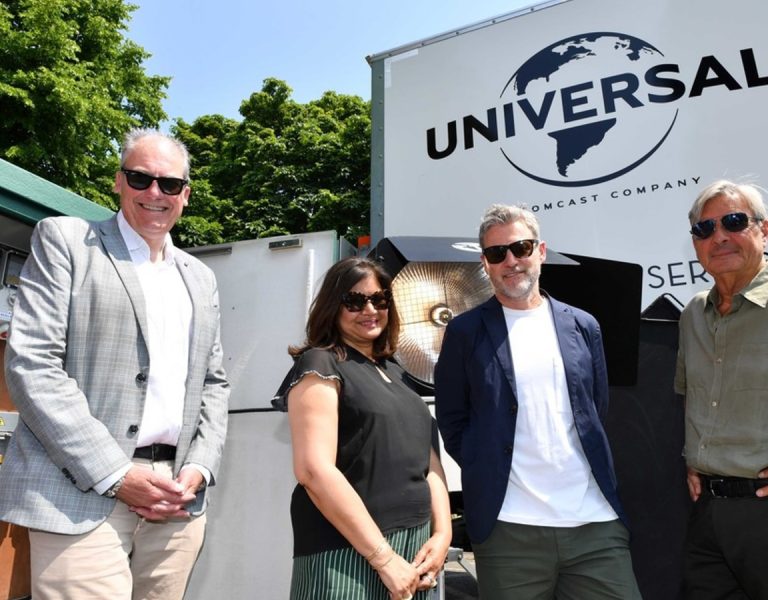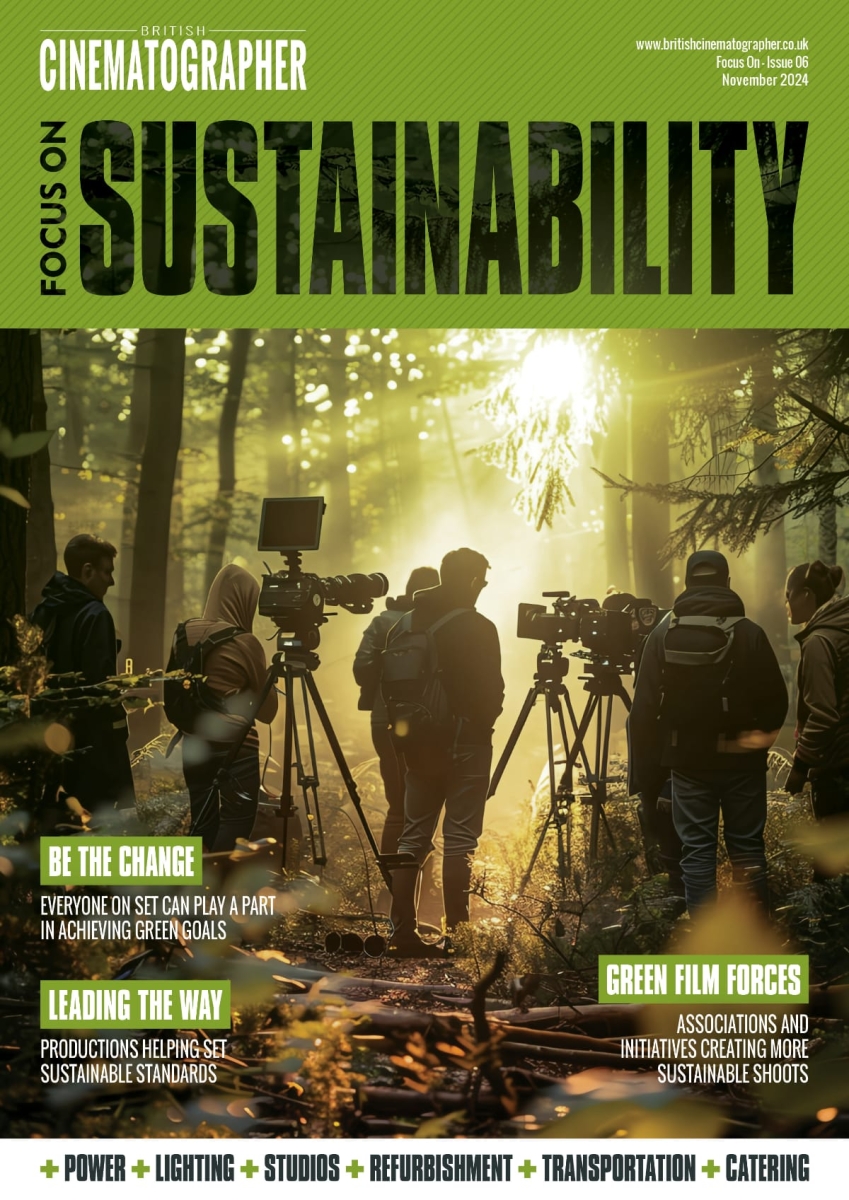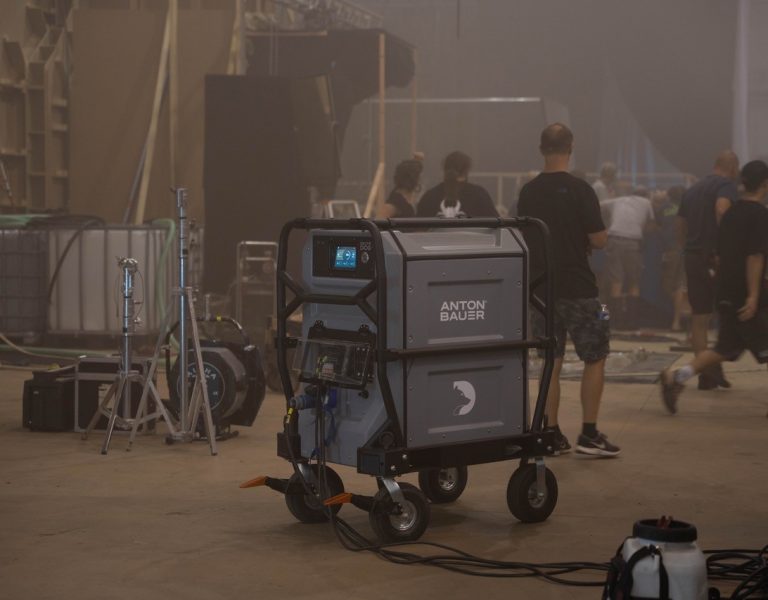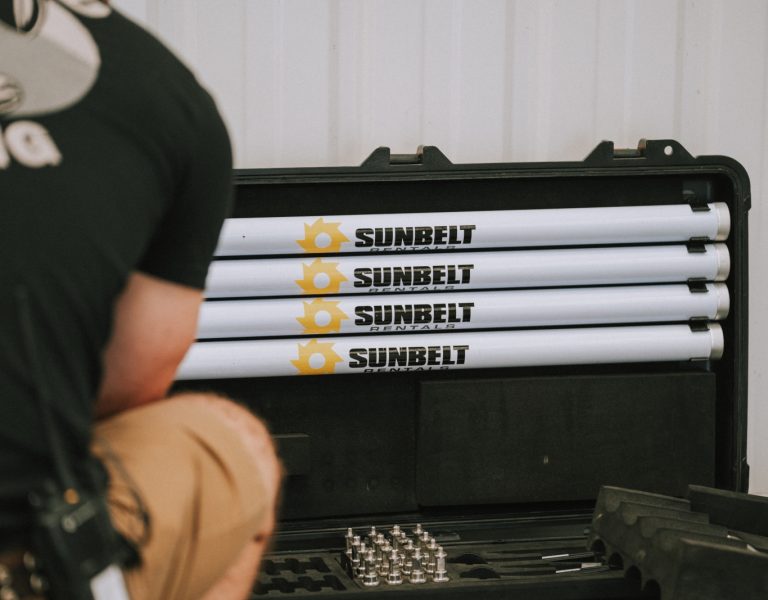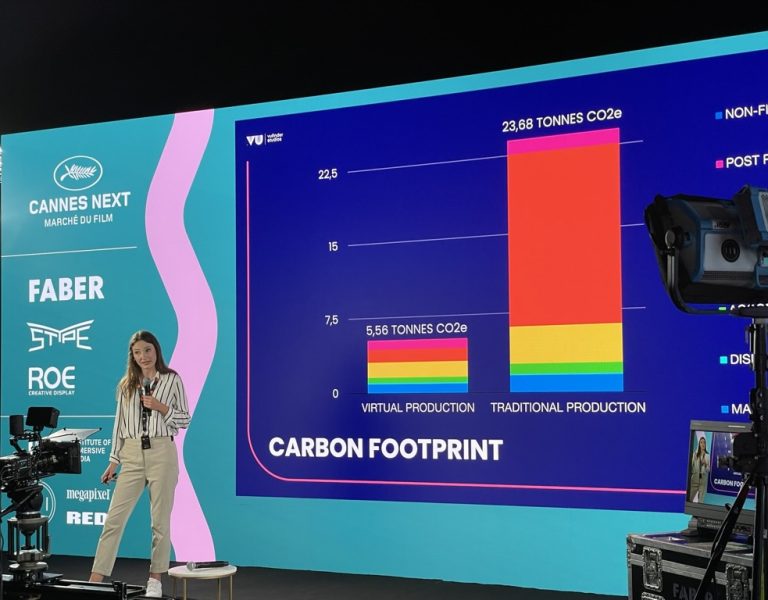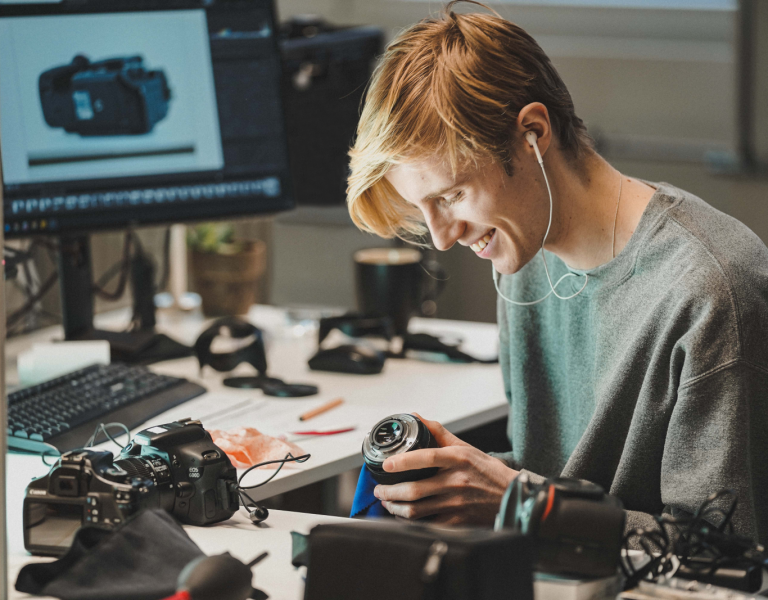THE FRENCH CONNECTION
Cinematographer Xavier Dolléans AFC balances sustainability and artistry while capturing the natural elements in Rivages, a captivating Franco-Norman miniseries.
There’s something talismanic about Rivages in the context of protecting the environment. The time pressure of cinematography is notorious, and considerations like sustainability are often easy to overlook. Production on Rivages saw cinematographer Xavier Dolléans AFC operate both on land and at sea, in circumstances that made it difficult to forget nature—and, perhaps, even harder to find a spare moment to appreciate it.
Dolléans describes Rivages, a six-part miniseries for France 2, as “a fantasy story about a scientist specialising in aquatic sound, from Fécamp, a city in Normandy. At the beginning of the first episode, she is called to investigate some strange phenomena. Boats are disappearing, and strange lights can be seen in the ocean from the coast. She helps the police, who need scientific assistance, and soon the army becomes involved.”
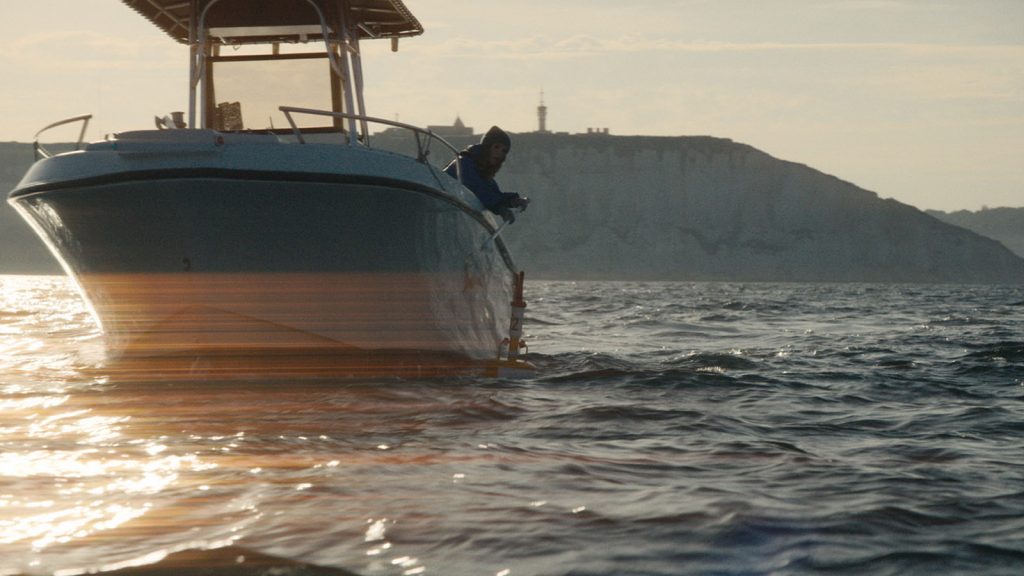
Combining light and water—let alone salt water—as a key story element presented some interesting challenges, and Dolléans was happy to accept external consultancy on the cleanest way of doing things. “It was a very challenging show to shoot, a French programme like that, because they’re done on a very low budget. But in France, we have this organisation, Ecoprod…you can ask for some recommendations on how to achieve more sustainability.”
As Dolléans continues, some of the measures discussed were familiar; others, less so. “During prep time, everyone received some guidelines. With Ecoprod, we were talking about LED and lighting a lot. [The production] had one letter every week from the Ecoprod guy saying something like, oh, look, this week we were able to get a good deal with a local farmer if you want to buy your food there. We were also able to take some pieces of sets, some pieces of wood, for recycling.”
Rivages shot from October 2023 to the beginning of January 2024, on location in Fécamp and in Corsica for better weather during undersea work. The production also worked at the Lites underwater studio in Brussels, which uses some very specific sustainability measures. Dolléans recalls, “everything is oriented toward sustainability—the water they’ve used, the way they’re cleaning the water, and the big roof. We only used one 20kW Fresnel for the sun. Most of the time, we used the LED roof. It’s a big rig of LED strips with a big rag for diffusion.”
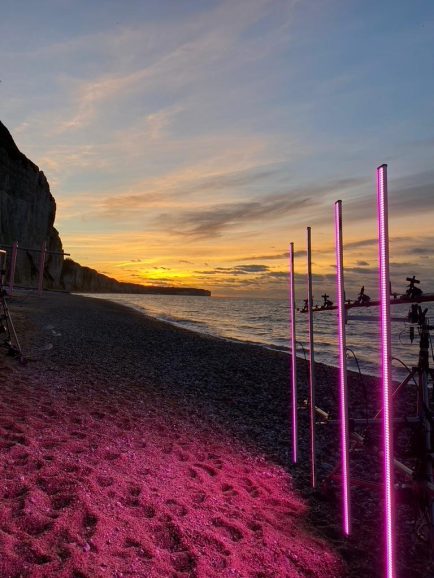
Dolléans leveraged the high sensitivity of the Sony Venice 2, operating at 3200 ISO with a consequently reduced demand for lighting. “We used something that’s quite unusual in France—we had quite a lot of moving heads on battery power to light backgrounds, seas, and beaches. We used Ayrton Domino, and also some ETC SolaHyBeam 3000. When you don’t have the money to put big cranes… we used one moving head on a stand with a battery. That was very far from us and was controlled by my gaffer, Tom Van den Abbeele.”
As with any industry, reducing environmental impact is a process, as Dolléans concludes: “There are places in Paris now where you can’t use a generator; you must find another way. Right now, I’m shooting a project in the south of France and we don’t have the choice. It’s not very easy to find LED lighting fixtures able to fight the sun and have low power consumption. Nanlux has already announced a 5kW LED, and you start thinking this is not a low-power thing. We’ve started to use a lot of Nanlux 2.4kW.”
Happily, though, Dolléans and his crew were able to shoot all of Rivages’ aquatic sequences without offering any really expensive sacrifices to Poseidon. “Just my light meter, my mobile phone… maybe some walkie-talkies…”
